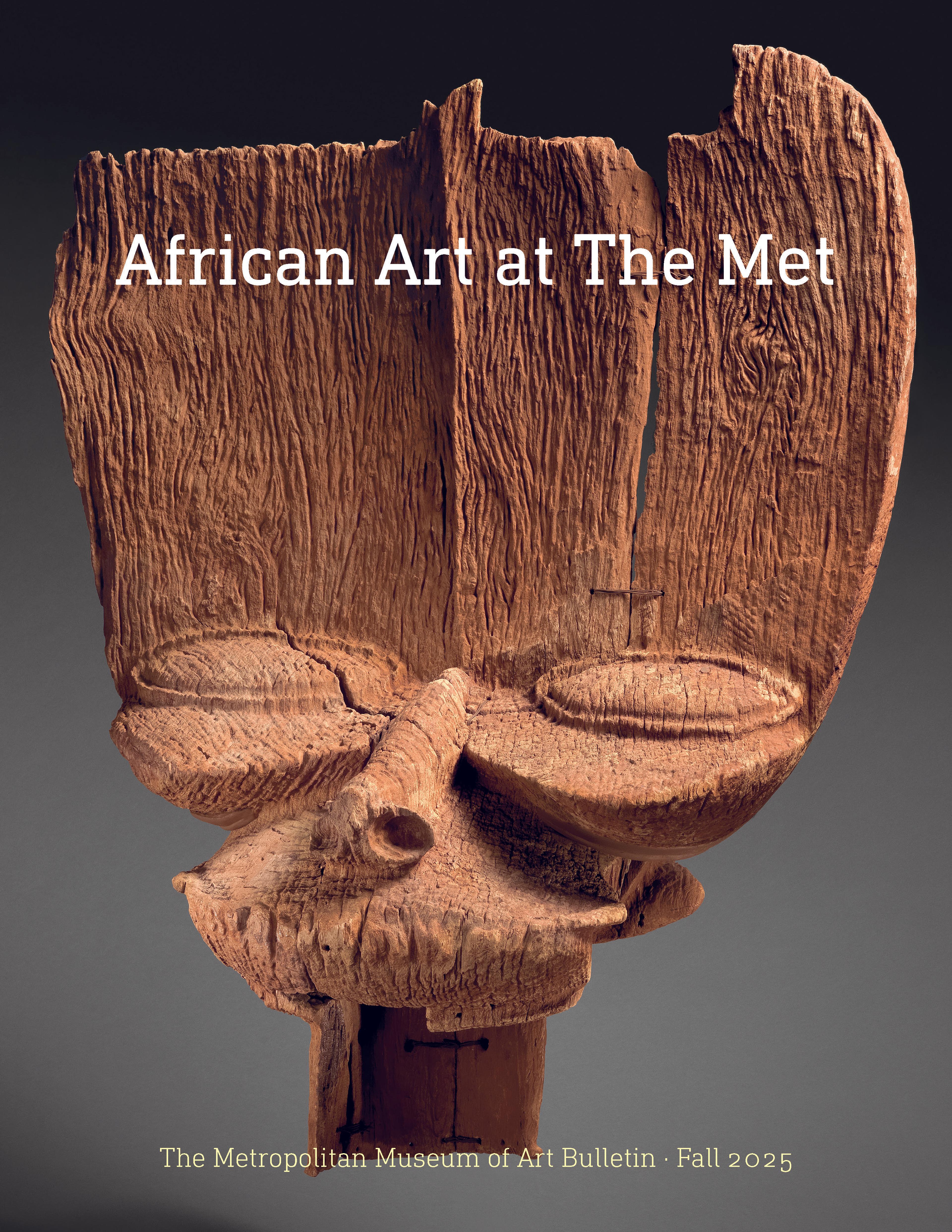Ithunga (milk vessel)
The carver of this vessel derived its elegantly tapered neck and swelling base with the form of the torso of a well-fed individual. Additional human features include a pair of wedge-shaped lugs on either side, which appear at one moment as shoulders, at another as breasts, while providing traction during milking. Hollowed using a traditional spearhead or assegai, its cool, moist interior is both a receptacle for the milk around which many pastoral southern African diets are based and a dwelling place for mythical beings and ancestral spirits or “shades.”
The earliest documented amathunga (pl.), used during the reign of Shaka Zulu (1816-1828), were the sole province of the king. In daily mid-morning rituals, royal herdsmen paraded the ithunga overhead, dancing while calling to the cows in a whistle. The king’s milk vessel, of which there was only one at a time, always accompanied him, carried in a special covered basket. As the mining industry and colonialism transformed the political and social structure of southern Africa, Zulu men carried amathunga with them into new labor contexts as emblems of their ethnic identity. The unusually expressionistic raised bands that adorn this work’s exterior may reflect its production and use outside of a purely pastoral context.
The earliest documented amathunga (pl.), used during the reign of Shaka Zulu (1816-1828), were the sole province of the king. In daily mid-morning rituals, royal herdsmen paraded the ithunga overhead, dancing while calling to the cows in a whistle. The king’s milk vessel, of which there was only one at a time, always accompanied him, carried in a special covered basket. As the mining industry and colonialism transformed the political and social structure of southern Africa, Zulu men carried amathunga with them into new labor contexts as emblems of their ethnic identity. The unusually expressionistic raised bands that adorn this work’s exterior may reflect its production and use outside of a purely pastoral context.
Artwork Details
- Title:Ithunga (milk vessel)
- Artist:Zulu artist
- Date:19th century
- Geography:South Africa, northern KwaZulu-Natal
- Culture:Zulu peoples
- Medium:Wood, pigment
- Dimensions:H. 17 1/2 × W. 5 1/2 in. (44.5 × 14 cm)
- Classification:Wood-Vessels
- Credit Line:Purchase, Mariana and Ray Herrmann Gift, 2022
- Object Number:2022.159
- Curatorial Department: The Michael C. Rockefeller Wing
More Artwork
Research Resources
The Met provides unparalleled resources for research and welcomes an international community of students and scholars. The Met's Open Access API is where creators and researchers can connect to the The Met collection. Open Access data and public domain images are available for unrestricted commercial and noncommercial use without permission or fee.
To request images under copyright and other restrictions, please use this Image Request form.
Feedback
We continue to research and examine historical and cultural context for objects in The Met collection. If you have comments or questions about this object record, please contact us using the form below. The Museum looks forward to receiving your comments.
